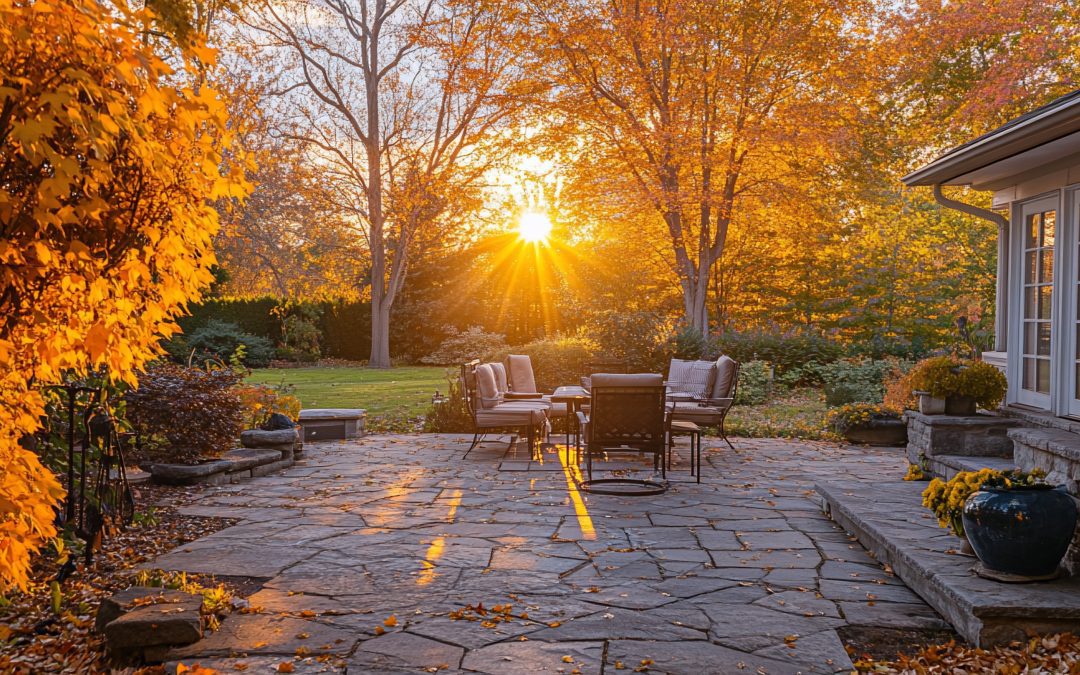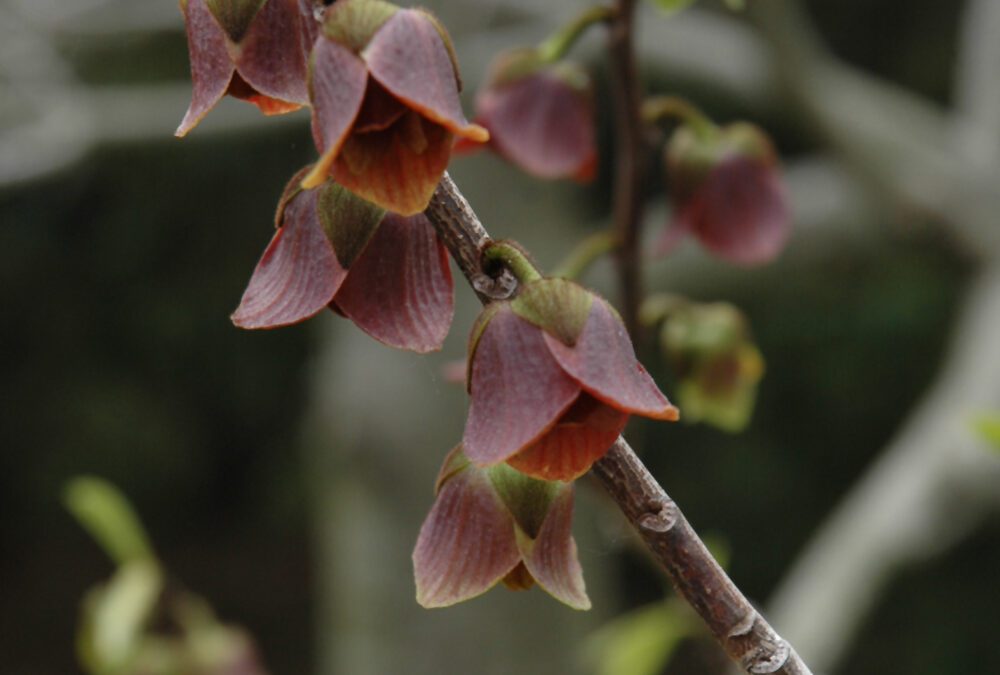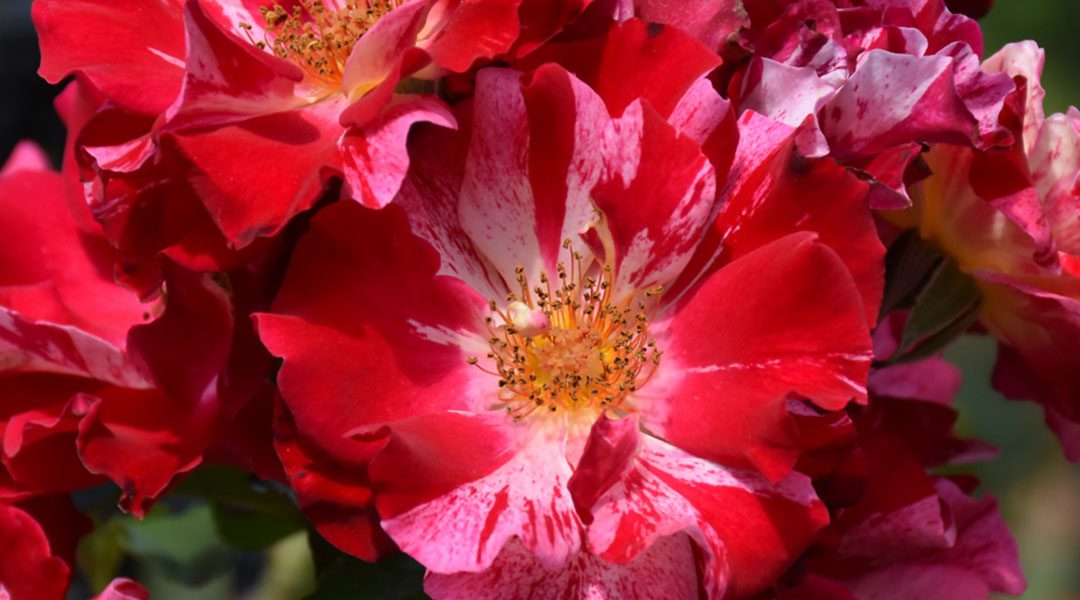What Makes Native Plants a Smart Choice? Native plants are perfectly adapted to Chicagoland’s Zone 5 climate, meaning they thrive with less maintenance. They offer food and shelter for birds, bees,...

| Light Requirements | Full Sun (more than six hours of sun) |
|---|---|
| Product Size | 25 Gallon Pot |
| amount | |
| Shrub Max Size | |
| Tree Max Size | Medium (Max Height Less than 35 ft) |
| Tree categories | Shade |
$299.99
The river birch is renowned for its fantastic peeling bark in colors of white, brown and more creamy white than the other type of birches. It also has great fall color. Heritage River Birch (clump) features subtle chartreuse catkins in early spring. It can handle wet areas and will absorb enough water to help dry them out. The pointy leaves turn an outstanding yellow in the fall. The peeling creamy white bark is extremely showy and adds great winter accents. Heritage River Birch (clump) is a multi-stemmed deciduous tree with a more or less rounded form.
This is low maintenance tree, and should only be pruned in summer after the leaves have fully developed, as it may ‘bleed’ sap if pruned in late winter or early spring.
Visit our Bloomingdale, IL or Carpentersville, IL stores for local pickup!
4 in stock
More for You

What Makes Native Plants a Smart Choice? Native plants are perfectly adapted to Chicagoland’s Zone 5 climate, meaning they thrive with less maintenance. They offer food and shelter for birds, bees,...

What Is a Common Pawpaw Tree? The Common Pawpaw (Asimina triloba) is a native North American fruit tree known for producing custard-like tropical fruit—right in your own backyard. With flavor notes...

When it comes to adding romance, drama, and vertical beauty to a garden, climbing roses are a timeless choice. With their arching canes and generous blooms, they bring old-world charm to fences,...